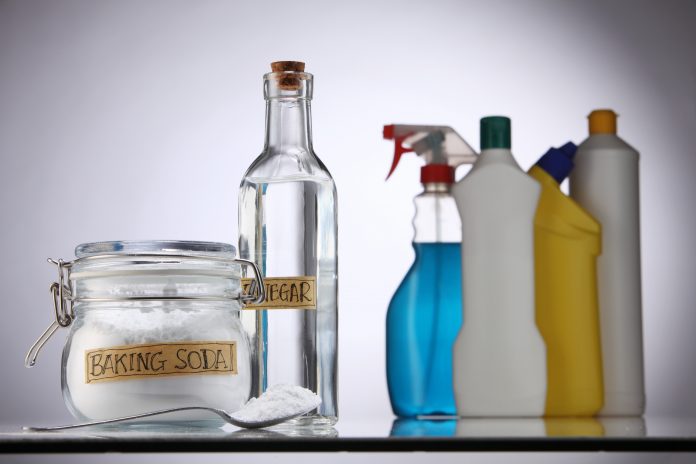We have all encountered limescale in most of our home equipment. From boilers to taps and washing machines, it can be a nuisance dealing with the slimy layer within. Even our tea kettles are not left out.
What is limescale?
For the benefit of those who are not too fastidious to notice, limescale is a hard dirty-white chalky substance usually found on that interior of metallic equipment that holds water. It is especially common in machines and appliances that have heating elements such as washers or heat transfer materials like heat exchangers.
Limescale is also present in metallic pipes, pumps, filters and so on- depending on the quantity of water it holds regularly. It is highly undesirable because it builds up over time to form thick deposits which reduce the efficiency of these machinery. For example, in hot water pipes, it reduces water flow and requires costly maintenance repairs.
What causes limescale to form?
Limescale is caused by small amounts of naturally occurring minerals present in hardwater. These minerals include calcium carbonate, magnesium hydroxide and calcium sulphate. Over time, they build-up and form a thick sticky coat that makes life unbearable for users of these equipment.
Fortunately, limescale can be removed with a simple homemade solution of vinegar and lemon juice.
Effective solutions for removing limescale
A mixture of equal parts of white vinegar and water can prove useful in descaling domestic appliances such as a coffeemakers and kettles. You can also use lemon juice in similar quantities.
- Descaling kettles and coffeemakers
– Mix up a solution of water and vinegar (or lemon juice) and fill the appliance to the brim.
– Switch it on and allow it to boil. Then switch it off and leave it overnight to absorb.
– Empty the mixture the next morning and rinse the appliance thoroughly.
– Run water through the coffeemaker continuously to wash out any lingering residue.
- Descaling washing machines and dishwashers
- Fill a cup with a mixture of vinegar and lemon juice and pour it into the container where you usually put the washing detergent and run a full washing cycle (no clothes). It will rinse the innards and residues of the limescale.
- Do the same for the dishwasher, only this time, pour the acidic mixture into the base of the machine instead of the detergent compartment.
- Descaling Taps and shower heads
- This will require more effort because of the stubborn hardwater deposits. Minerals get trapped in corners and bends of tap interiors. You may need a factory made limescale remover for this.
- Detach the tap (make sure you have turned off the water source). Soak some cotton wool or soft cloth in an effective limescale remover and wrap it around the tap. Ensure that all parts of the tap are in contact with the descaling agent.
- To get the inside spout, fill a small bowl with the acidic solution and submerge the whole head of the tap into the bowl.
- Allow to soak for over an hour to dissolve.
- With a special scourer or sponge, work the stubborn areas manually.
Using the same home-made acidic solution, you can descale boilers, heaters, bath-tubs and toilets. The idea is to use a strong solution and soak the item for a worthwhile period before scouring.





















